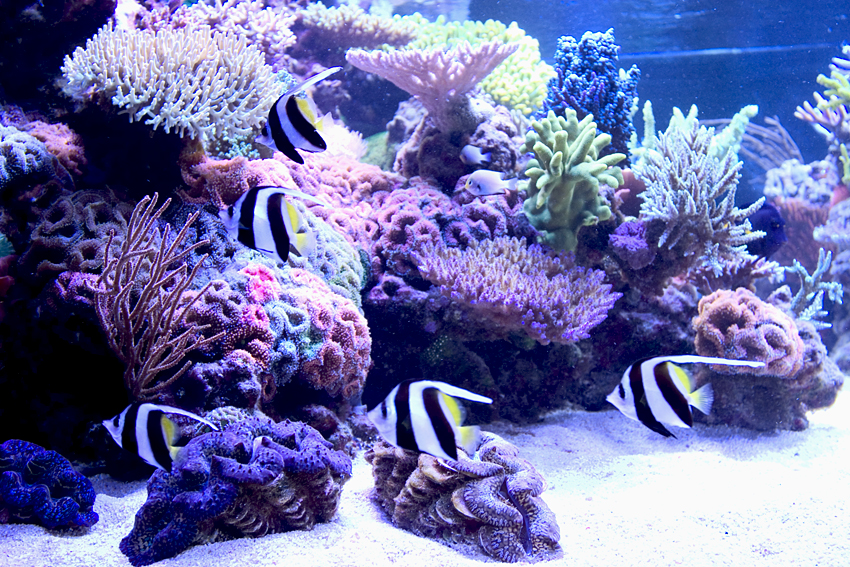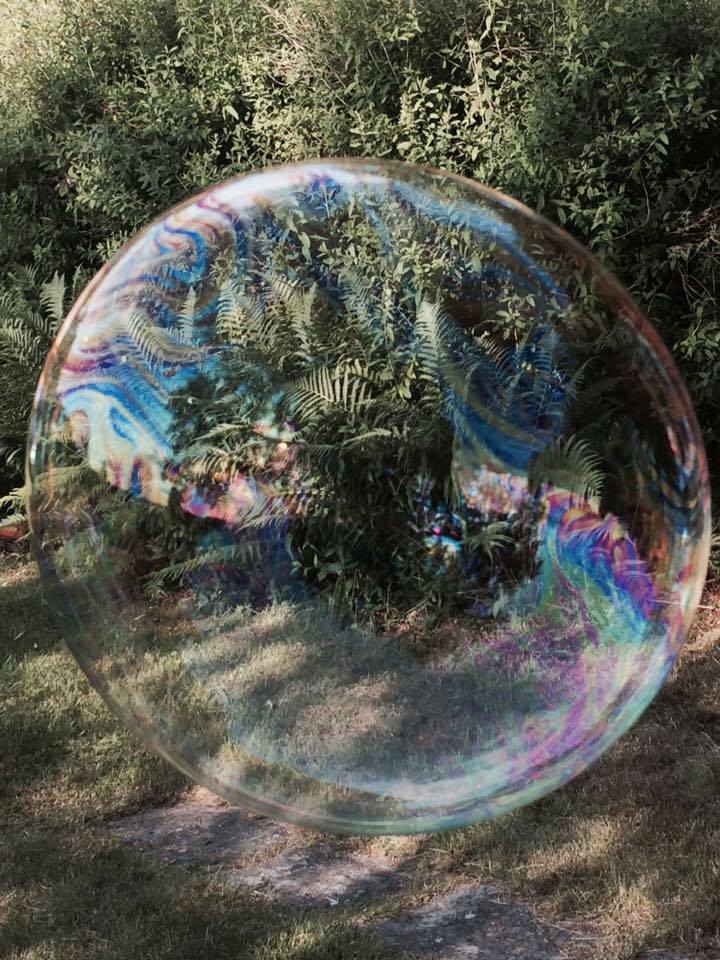-
Antal inlägg
12 899 -
Gick med
-
Senaste besök
-
Dagar vunna
48
Typ av innehåll
Profiler
Forum
Kalender
Galleri
Saltvattensguiden.se ideell förening dokumentportal
Bloggar
Frågesport
Inlägg postat av wrang
-
-
Här har du några mer bilder på detta akvarium
http://www.theaquariumsolution.com/microreef-additional-photographs
Komplettera med fler T5 så får du bra med ljus
-
Jag kör med en IKS dator 4 uttag och en Simmod enhet för dimmer Sol upp/ner gång
-
Ciklidleken bör ha inne.
Nej jag såg inget när jag var där i Onsdags men han tar säkert hem!
-
På sidan 35 i PDF:en är kurvor över temperaturberoendet på lysrör.
T5 konstant är en nyhet från Osram som ingen annan tillverkare har ännu.
Kallaste ljuset det finns i är 6500K.
Tackar för informationen. Klistrar in denna kurva även i inlägget
Så nån stans mella 35-45grader bör man alltså ligga för att få ut mest kräm i rören
-
Annonser och dylikt håller vi i köp & Sälj delen
/Moderator
-
Om det går att få samma mängd ljus med 6 som 8 så varför inte...
Ännu bättre vore förståss 8 med måsvingar men det tar ju massor av plats.
Vadå massor av plats mina måsvinge reflektorer bygger 60mm
-
Jag har Korallen-zuchts armaturer hemma med 10 gånger 80 watt T5 med riktiga reflektorer. Endast 3,6 cm tjock. Väldigt stilig ramp.
pris 14950:-
Har du hört nått varför de ej har fläktar visseligen har de hålplåt på ovansidan men det är kanske gammal skrock att T5 rör gör sig bäst med 35˚C med fläktar är det kanske ändå svårt att få till detta
-
hej jimmy här är nog länken du tänkte på
-
Efterlyser nu för AUGUSTI månad någon som vill skriva om sitt akvarium med tankar och ideer!??
Skicka mig ett PM eller via Kontakta oss
/moderator
-
Nja jag tror att ett 80watts rör är 146cm sedan så bygger hållarna ca 1,0 cm om man kör vanliga ej kapslade
Kappslade (IP67) bygger ca 2cm totalt per rör
De reflektorer jag har bygger 6cm på bredden och 3,5cm på höjden
Så teoretiskt så skulle du få in 12x80watt

-
Jag har 2liters burkar å tillsätter efter deras mått
Lösning 1 144g Calsiumchloride dihydrat + 13ml Ultra Trace strontium barium Komplex + 13ml Ultra Trace Hevy metall komplex
Lösning 2 199,2g Magnesiumsulfat hepahydrat + 25,2g Magnesiumchloride hexahydrat +13ml Ultra Trace Iodine fluoric Komplex
Lösning 3 163,8gram Sodium Bicarbonat
Nja jag vet ej jag fyller på efterhand kanske 1ggr i månaden
lösning 1 86ml/dag ~ Ca 420
lösning 2 83ml/dag ~ Mg 1320
lösning 3 65ml/dag ~ Kh 9
Å du har ju sett mitt kar å kör nästan enbart med SPS koraller å allt frodas å växer
-

Är det någon som vet ifall denna skulle funka för oss saltvattens intresserade
finns olika men vilken som är mest aktuell
1. HI-93713 Fosfat Lågt område
Område: 0.00-2.50mg/l
Noggrannhet: ±0.04 mg/l ±4%
2. HI-93717 Fosfat Högt område
Område: 0.0 - 30.0 mg/l
Noggrannhet: ±1 mg/l ±4%
Nitrat:
3. HI-93728 Nitrat Lågt område
Område: 0.0-30.0mg/l
Noggrannhet: ±0.5mg/l ±10%
4. HI-93707 Nitrit Lågt område
Område: 0.00 - 0.35 mg/l
Noggrannhet: ±0.02 mg/l ±4%
-
hittade den här står lite om skillnaderna
https://www.saltvattensguiden.se/forumet/showthread.php?t=10009&highlight=vimpelfisk
Tack du!!
glömde helt som alla andra att SÖKA innan man frågar
 Skillnaden är bla att delningen mellan det svart och vita bandet på analfenen är i spetsen av fenan på Heniochus Diphreutes.
Skillnaden är bla att delningen mellan det svart och vita bandet på analfenen är i spetsen av fenan på Heniochus Diphreutes.På H. Acuminatus så går delningen längre upp mot bakfenan( spetsen på analfenan är alltså vit)
Bara att kolla på fenan alltså å få en lite bättre förklaring vilken det är

-
Jag har kört med alla tre kan man säga
TMC, Kalkreaktor med co2 och Balling Light
Tycker nu att Balling är grymt skönt det bara tuffar å står på. får fylla på det ibland ca 1ggr/månaden.
Doserpumpen är en Grotech NG3 och jag kör med Fauna Marin´s Balling light och även deras "heavy metall" tillsatser
4saker - doserpump och 3st kärl
Kalkreaktorn tuffar å går på den med men hadde lite svårt att få in de rätta värdena
8saker - Kalkreaktor, Co2 flaska, Manometer, Backventil co2, Magnetventil, Styrning, matarpump
Men ändå tror jag att kalkreaktorn är bättre om man kör STORA system över 1000L eller mycket bra tillväxt i karet, men har även sätt STORA kar med Balling då får man bara köra lite mer under dagen.
Doserpumpen tycker jag är smidig. Lätt att öka doseringen tex. Är Ca lite lågt så ökar jag doseringen 1ml å ser om det går bra....
-
Fick ett Pm från Lasse med denna texten.
Rätt namn Heniochus acuminatusSe http://www.fishbase.org/Summary/Spec...ry.php?id=5588
och
http://www.fishbase.org/Summary/Spec...ry.php?id=7769
samt
http://www.fishbase.org/NoRecord.cfm...iesOp=contains
Artiklarna påstår att de är planktivora och ibland putsande, inget om korallätande men det kan iofs vara fel.
Ändring
Såg lite längre ner på sidan http://www.fishbase.org/Summary/Spec...ry.php?id=5588 under rubriken Food items lite andra uppgifter. Om du går till http://www.fishbase.org/TrophicEco/F...ies=acuminatus så hittar du de personer som lagt in uppgifter om artens sätt att söka foder.
Om du klickar på någon av länkarna under food III så får du en ny ruta. Längs ner till vänster står vem som lagt in uppgifterna. Klicka på namnet och du får fram e-post och dylikt.
MVH Lasse
Så jag avstår nog denna gång men den var himmla fin iallafall
-
Är det någon som har lite feedback ang denna firren
Heniochus acuminiatus - Longfin Bannerfish
-
Vad som är bäst vet jag ej men
jag håller med även här att kör med helt nytt osmosvatten och salt.
-
150watt är på tok för lite med ett kar som är 90cm långt kör på T5 istället så får du massa ljus över hela. Hadde från början en 150watts över AM Percula 90 ser inte alls bra ut
-
Kör med blå filtermatta funkar kanon
-
Kan du ej göra ett hål till tjejen som man sätter in fingret i som "handtag" sätt en tygbitbakom hålet för att minimera ljusutsläpp
eller att du skruvar fast ett snöre på baksidan av dörren och klämmer detta i underkant av dörren så drar hon i detta så öppnas dörren
-
-
Snyggt. Ja klä in sockeln med durkplåt eller nån annan plåt kan vara en snygg detalj. Du kanske kan modda med lite blåljus under dörren på skåpet. Så ser det ut som det hela svävar.
"Pimp my cabinet"

-
Välkommen till Saltvattensguiden

okey vi börjar så här.
2st 20watts T8 är för lite så helt rätt att köra med T5 tycker jag.
finns olika T5 armaturer kolla runt på de olika webbshoparna eller besök en butik
39watts T5 är 89cm men oftast är hela armaturen runt 90-100cm lång
Hadde kört med 4x39watt skulle ni ej fastna så kan ni ändå ha kvar den eller sälja av den igen
tex
-









2 nya ATI T5 rör "Pro color" och "ATI-Actinic"
in Belysning
Postat
Kolla på den tyska versionen av sidan
http://www.atiaquaristik.com/index.php?id=112,0,0,1,0,0